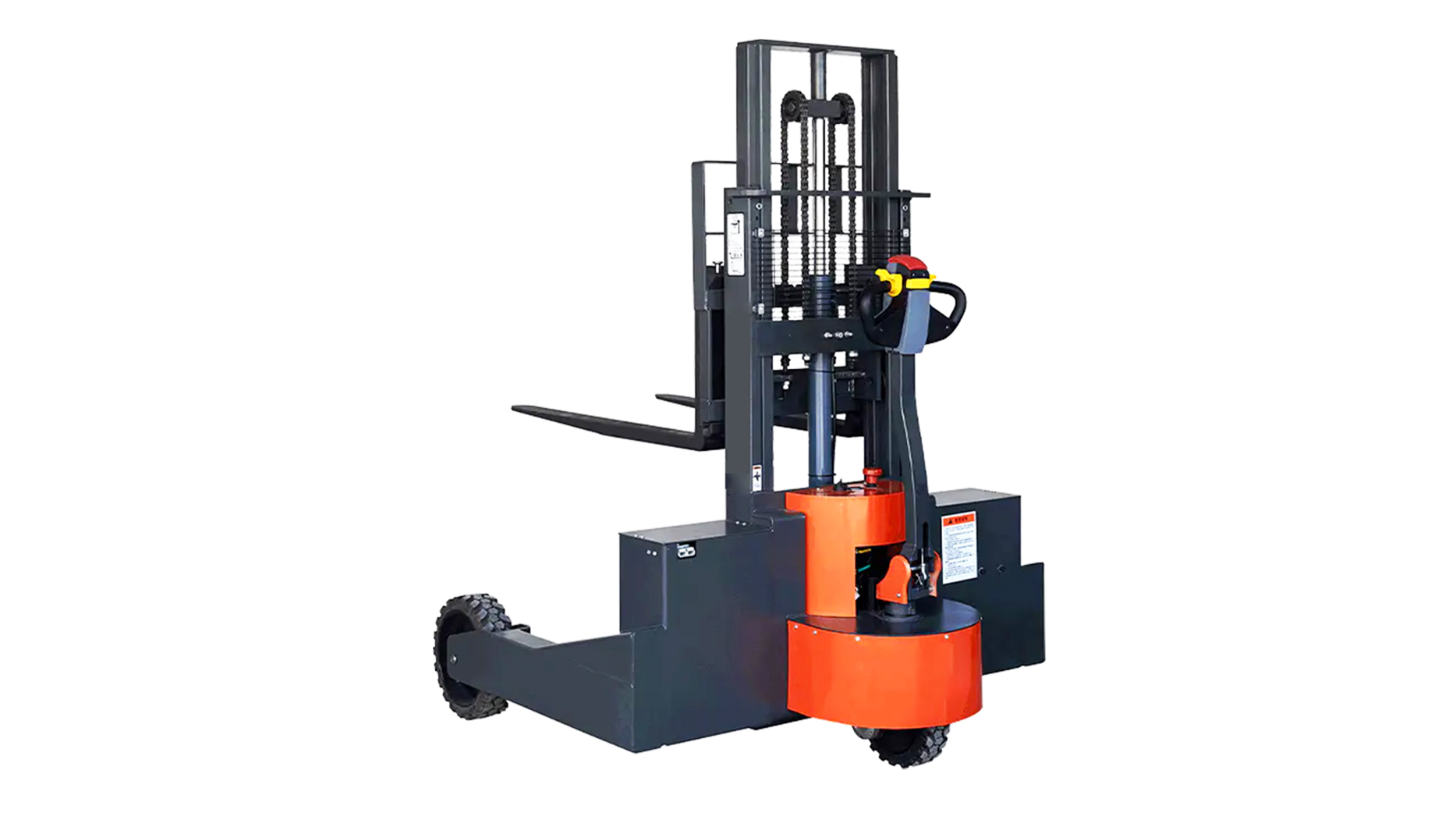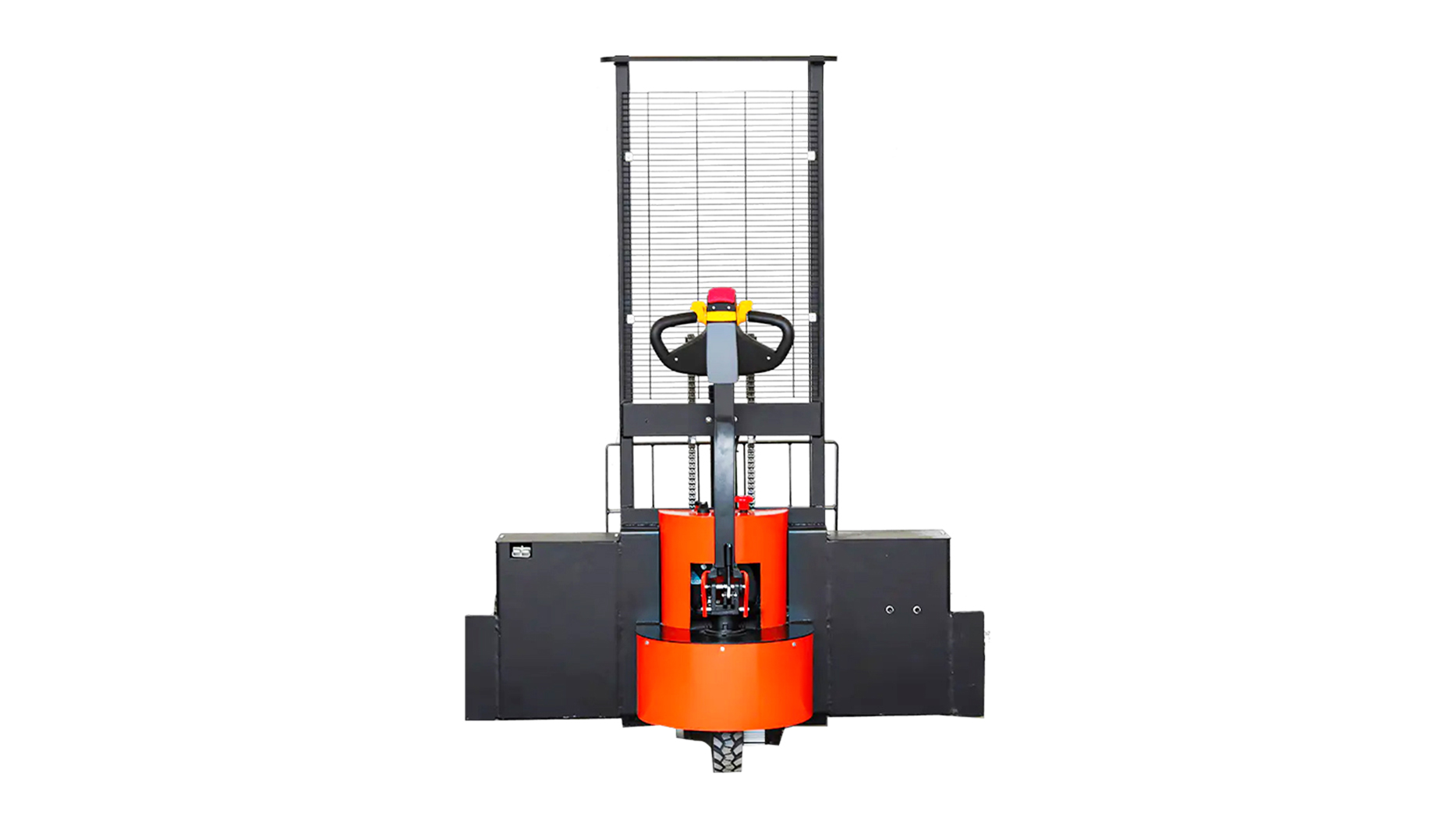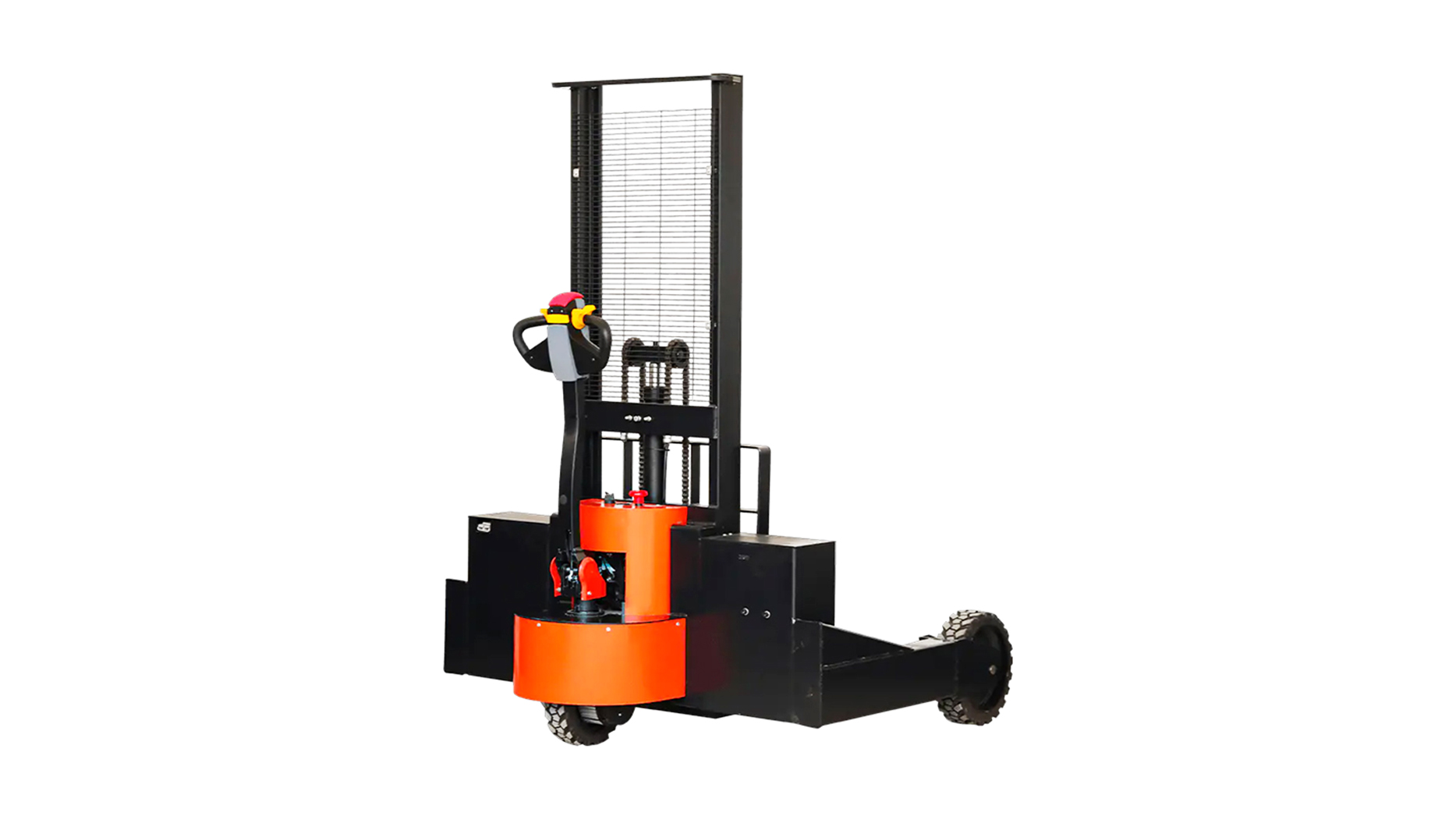Pallet stackers are the unsung heroes of many warehouses and storage facilities, providing a compact and efficient solution for lifting and moving palletized goods in tight spaces. From manual models to powerful electric units, these machines are indispensable for tasks that are too heavy for a simple pallet jack but don't require a full-sized forklift. However, like any piece of equipment, pallet stackers can encounter issues that disrupt workflow. Knowing how to troubleshoot common pallet stacker problems is essential for minimizing downtime, ensuring operator safety, and maintaining productivity.
A well-maintained pallet stacker, whether from a brand like MYZG /MINGYU or another manufacturer, can operate for years with minimal issues. But when a problem does arise, a systematic approach to diagnostics can quickly get the machine back in action. This guide will cover some of the most frequent issues and provide practical steps for resolving them.
1. The Stacker Won't Lift or Lifts Slowly
This is one of the most common and frustrating problems, as it directly impacts the stacker's core function.
Possible Causes:
Low Hydraulic Fluid: The most frequent culprit. The hydraulic system is what powers the lift. If the fluid level is too low, the pump will struggle to build pressure.
Air in the Hydraulic System: Air bubbles can enter the system, causing the forks to lift erratically or not at all.
Damaged or Worn Seals: Over time, seals in the hydraulic cylinder or pump can wear out, leading to internal fluid leaks and a loss of pressure.
Hydraulic Pump Malfunction: The pump itself may be failing or have a clogged intake filter, preventing it from drawing fluid effectively.
Overloading: Attempting to lift a load that exceeds the stacker's rated capacity can strain the system, causing it to stall or lift very slowly.
Troubleshooting Steps:
Check Hydraulic Fluid: Locate the hydraulic fluid reservoir (usually near the pump). Check the fluid level and top it up to the manufacturer's recommended level using the correct type of hydraulic oil.
Bleed the System: To remove trapped air, cycle the forks up and down several times without a load. For a manual stacker, this involves repeatedly pumping the handle and then lowering the forks.
Inspect for Leaks: Look for signs of hydraulic fluid leaking from hoses, cylinders, or seals. If a leak is found, the component will need to be repaired or replaced by a qualified technician.
Confirm Load Capacity: Always verify that the load being lifted does not exceed the stacker's stated capacity.
Listen for the Pump: For electric stackers, listen for the sound of the pump motor. If it sounds strained or doesn't run at all, check the battery, electrical connections, and fuses.

2. The Forks Drift Down or Won't Stay Up
This is a significant safety hazard and a clear sign of a hydraulic issue.
Possible Causes:
Leaking Check Valve or Relief Valve: The check valve is designed to hold hydraulic pressure. If it's leaking, fluid will slowly return to the reservoir, causing the forks to drift down.
Worn Cylinder Seals: Worn or damaged seals in the lift cylinder can allow hydraulic fluid to seep past, resulting in the same drifting effect.
Faulty Lowering Valve: The valve that controls the lowering of the forks might not be fully closed, allowing a slow, continuous leak.
Troubleshooting Steps:
Lowering Valve Check: Gently operate the lowering lever or button. Ensure it closes fully. Check the valve for any debris that might be preventing it from sealing properly.
Inspect for External Leaks: As with lifting issues, a visible external leak is a telltale sign of a failing component. Look closely around the cylinder and hoses.
Seek Professional Help: Problems with internal check valves or worn cylinder seals are not typically a DIY fix. This requires a trained technician to disassemble the hydraulic system, identify the faulty component, and replace it.
3. The Pallet Stacker Won't Move or Steer Correctly
This is more common with electric stackers and can be a mechanical or electrical issue.
Possible Causes (for Electric Stackers):
Dead or Low Battery: The most obvious cause. The battery may not have enough charge to power the drive motor.
Faulty Drive Motor: The motor itself could be malfunctioning, or there could be a loose connection.
Controller Malfunction: The electronic controller that manages the drive and steering may have failed.
Damaged Wheels or Bearings: Wheels with flat spots, debris, or seized bearings will make it difficult or impossible to move or steer.
Possible Causes (for Manual Stackers):
Damaged Wheels: Wheels that are worn, damaged, or tangled with debris will make pushing and steering difficult.
Faulty Steering Linkage: The steering mechanism could be bent or seized, preventing proper direction changes.
Troubleshooting Steps:
Check Battery and Charge: For electric stackers, verify that the battery is fully charged. Check the battery's charge level indicator. Also, inspect the battery terminals for corrosion and ensure they are securely connected.
Inspect Wheels and Bearings: Check all wheels for damage, flat spots, or debris (e.g., plastic wrap, string). Clean the wheels and check that they spin freely. Replace any damaged wheels.
Check Electrical System: If the battery is charged and the stacker still won't move, a technician will need to check the drive motor, controller, fuses, and wiring for faults. This is not a task for an untrained individual.

4. The Stacker Makes Unusual Noises
Any new or unusual noise should be investigated immediately, as it often signals a developing problem.
Possible Causes:
Grinding or Scraping: Often indicates friction between metal parts. This could be due to a lack of lubrication, a faulty bearing in a wheel or a hydraulic pump, or the forks scraping against the mast.
Squealing: Can indicate a worn belt in the electric drive system or a need for lubrication.
Banging or Clunking: Could be a loose hydraulic component, a chain striking the mast, or a loose wheel bearing.
Troubleshooting Steps:
Isolate the Sound: Try to pinpoint where the sound is coming from (wheels, mast, hydraulic pump).
Lubricate Moving Parts: Apply grease or oil to all designated lubrication points, including mast rails, rollers, and pivot points.
Inspect Components: Carefully inspect the forks, mast, wheels, and chains for any signs of rubbing or damage.
Contact a Technician: If the noise persists after lubrication and a visual inspection, a professional is needed to diagnose internal component wear in the drive or hydraulic system.
General Maintenance Tips for Pallet Stackers
Many of these problems can be prevented with a simple, consistent maintenance routine.
Regular Cleaning: Keep the stacker free of dust, dirt, and debris. This is especially important for the wheels and mast.
Lubrication: Follow the manufacturer's guide to regularly lubricate all moving parts. This includes mast rollers, chains, and pivot points.
Fluid Checks: Periodically check and top up the hydraulic fluid.
Battery Maintenance: For electric stackers, ensure proper charging practices and routine inspection of the battery (especially for lead-acid batteries, which require watering).
Inspections: Conduct daily pre-operation checks and regular comprehensive inspections to catch problems early.

The Role of Manufacturer Support (e.g., MYZG / MINGYU)
When a problem goes beyond simple troubleshooting, the support of the manufacturer is crucial. Brands like MYZG / MINGYU are known for their range of material handling equipment, including reliable pallet stackers. When an issue arises, their dealer network or customer service can provide:
Technical Expertise: Access to trained technicians who understand the specifics of their models.
Genuine Parts: Availability of genuine replacement parts to ensure compatibility and performance.
Troubleshooting Guides: Detailed manuals and support resources to help with diagnostics.
In conclusion, a pallet stacker is a vital piece of equipment that, with a little care and attention, can provide years of reliable service. By understanding how to troubleshoot common pallet stacker problems, you can quickly address issues, minimize operational downtime, and ensure a safe and productive work environment. Remember that while many issues can be fixed with simple checks, any problem related to hydraulic integrity or electrical systems should be handled by a qualified professional.
Post time:Aug.07.2025
